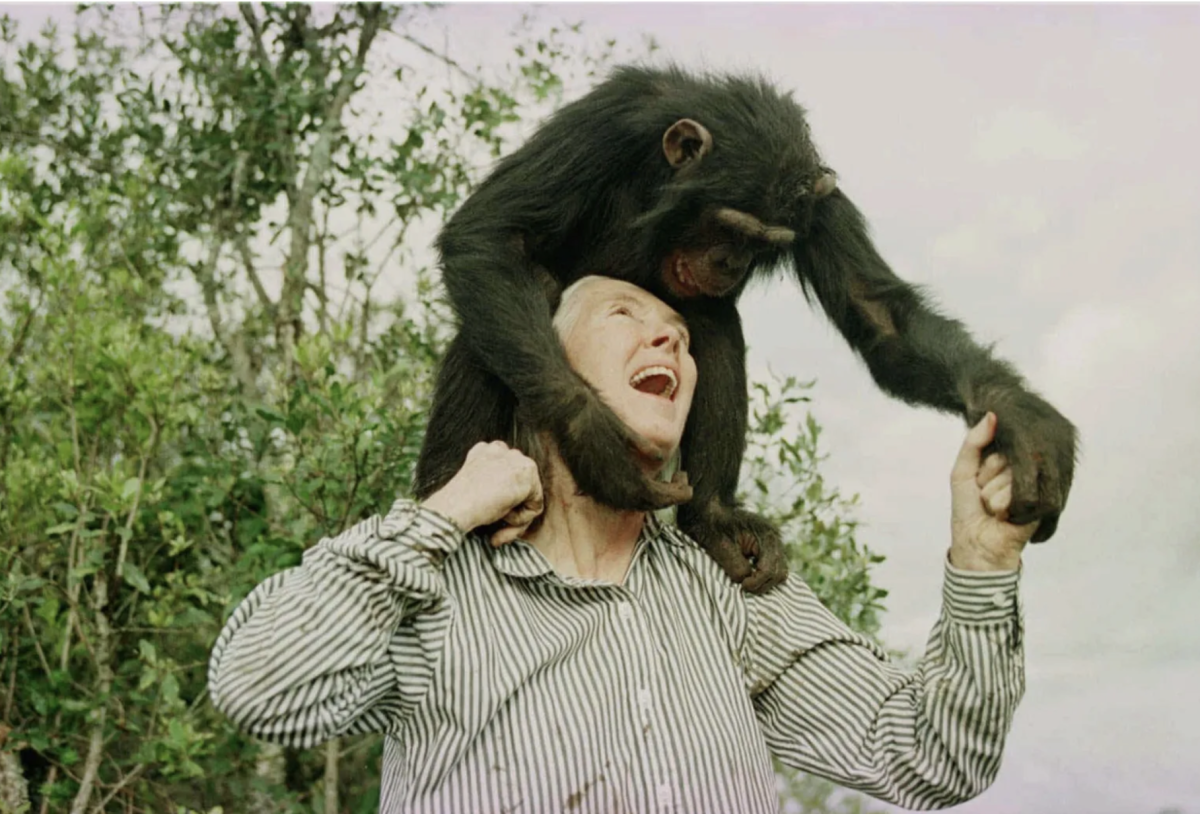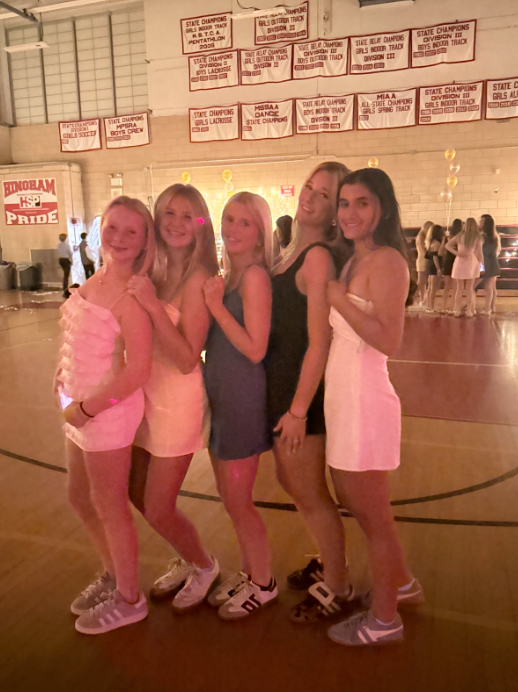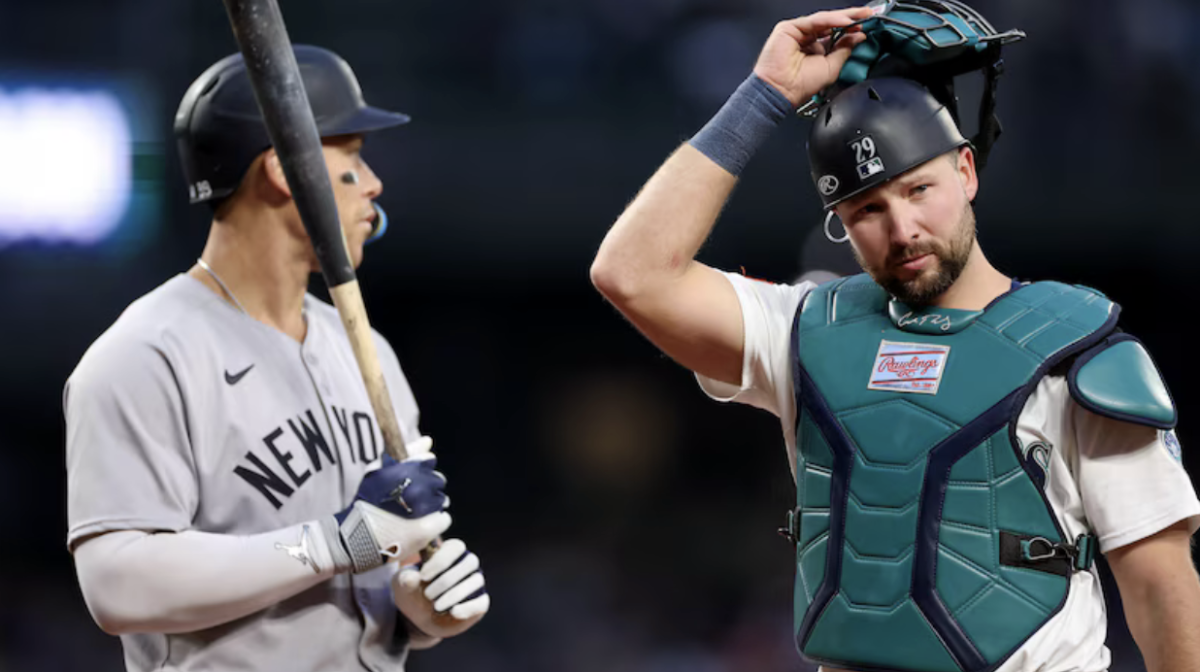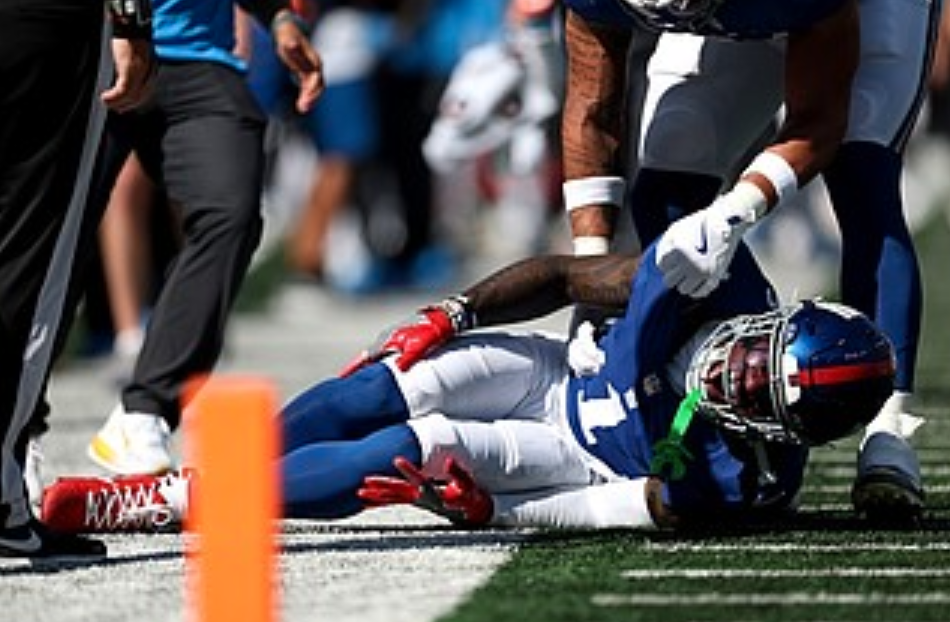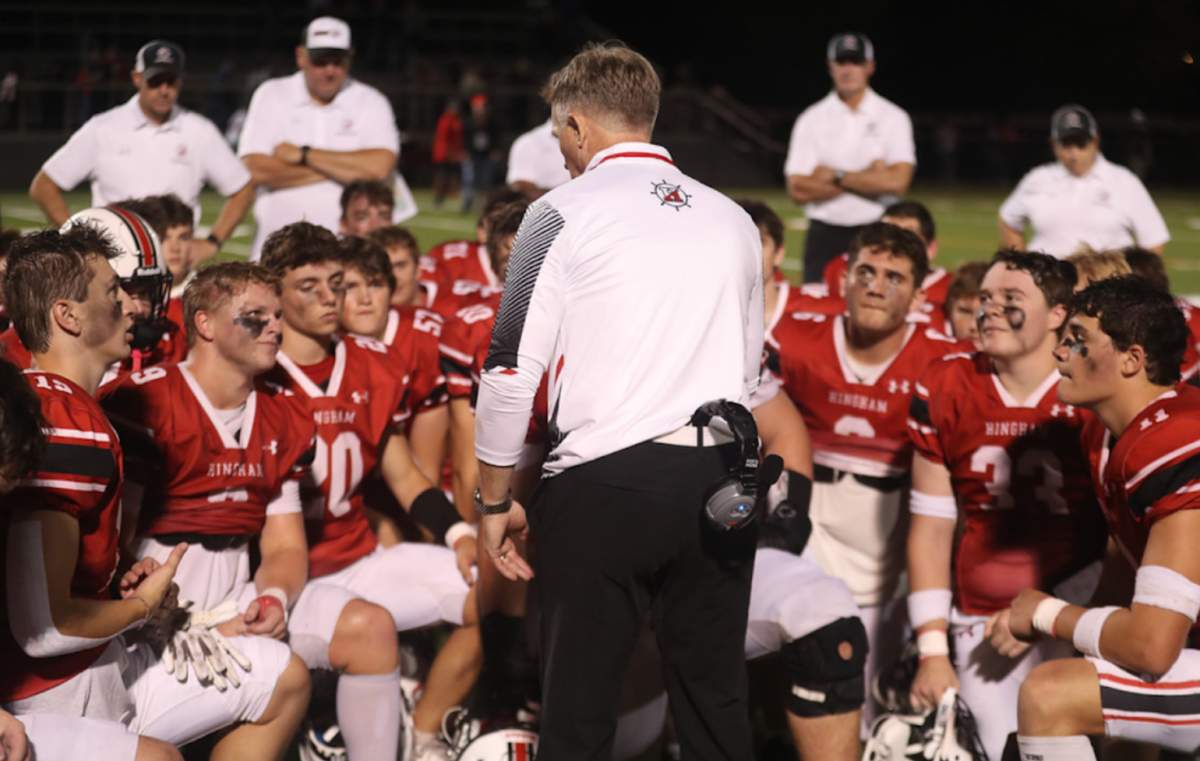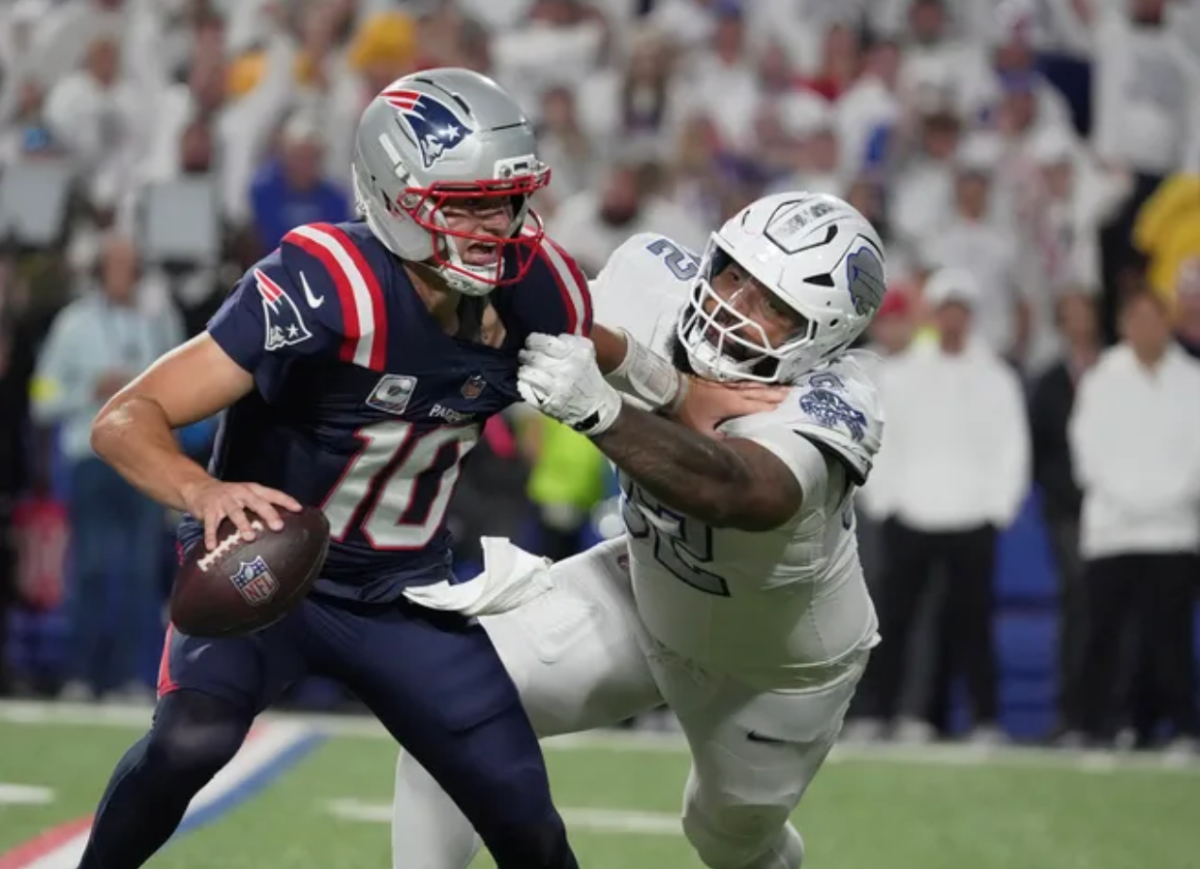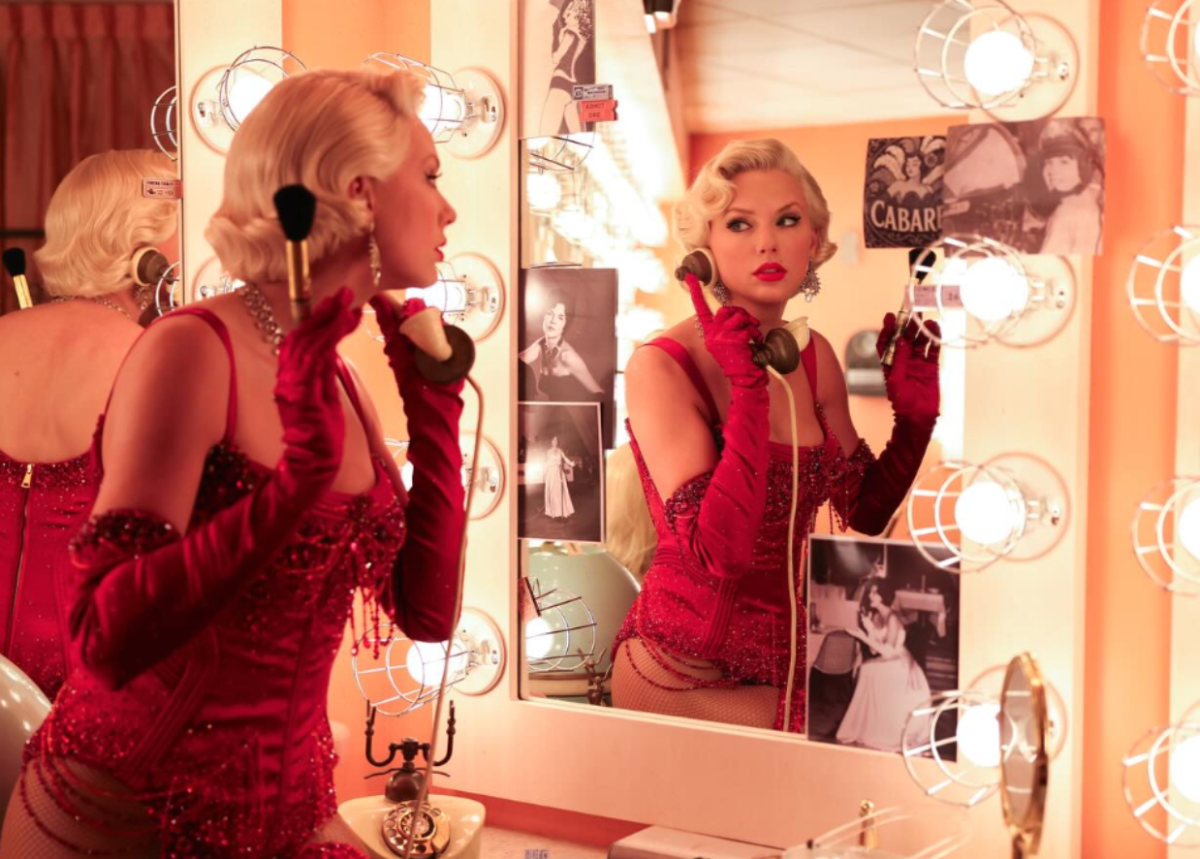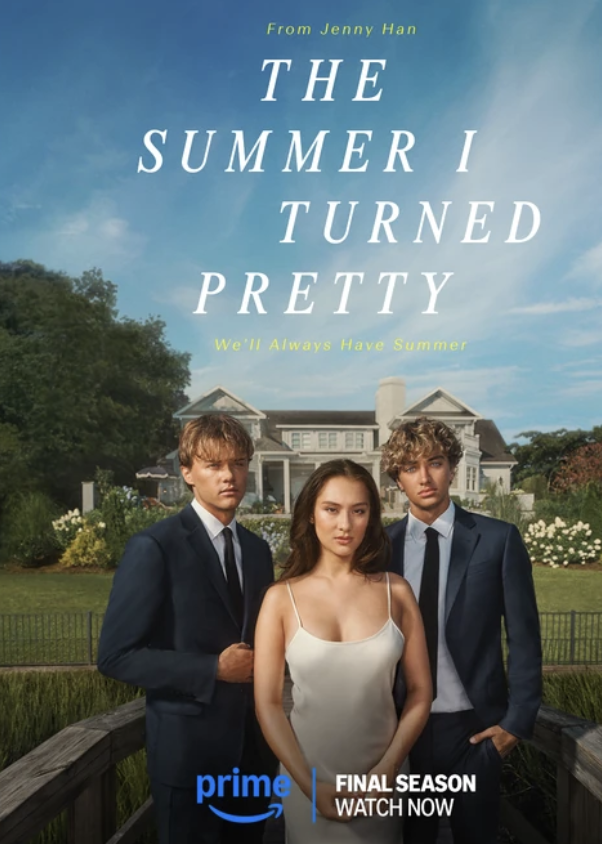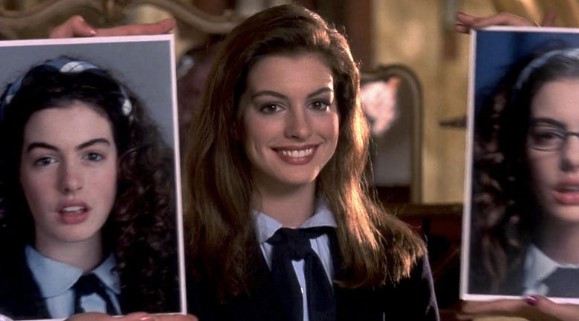Chances are you have seen an example of the makeover trope, whether you are aware of it or not. At the start of a movie, show or book you meet a relatable, charming, and often quirky character. She usually stands out from the crowd with her unique personality and/or looks, and even if this is because she is secure and confident in her identity the story makes it clear that something needs to change. The ending leaves you feeling optimistic and satisfied after the character has been “fixed” and magically transformed into a more acceptable “princess,” often costing her anything that made her herself in the first place.
It is safe to say that the makeover trope has stood the test of time. The earliest example of the makeover in media is Cinderella, which itself is an iteration of a tale told by many cultures (the earliest recorded version of one of these stories being from sixth century Greece). Cinderella is kind and mature but her evil family’s oppression prevents her from reaching her true potential, so all she needs is to be magically transformed into a beauty to please a third party and escape her life with the help of a man. The trope’s most innocent interpretations see it as a fun entertaining idea that does no harm to its audience. While the more pessimistic view is that the trope enforces the lesson that girls must completely erase their identity to appeal to society and that they require a third party to shape them.
Some students at HHS agree with the view that the makeover trope is harmful. “The makeover trope needs to change, especially for younger audiences. I think children that are watching those types of movies where the main character has a drastic transformation are being influenced that the only way they can feel confident about themselves is to change their physical appearance when that is not always the case. The makeover trope also needs to change the fact that it exists for the male gaze. Whenever the girl in the movie has a “glow-up” all the time it is for a guy.” explained sophomore Lindsey Mcmanus. HHS student Sophia Scott added, “I find that the makeover trope seeks to demonize or cast shame upon people who chose to dress a certain way or have features about them that they cannot help. By portraying one style as good and another as bad, it instills a black and white perspective into people starting at an incredibly young age, pressuring them to conform to society’s expectations of ‘pretty’ or ‘beautiful’.” She gave an example of some of the effects of the makeover trope, “My little cousin recently got a prescription for glasses, and she, in only third grade, hides her glasses at school and only wears them at home to avoid feeling outcasted or ashamed of a part of herself that she cannot control. The makeover trope clearly has real life ramifications and damages young children, but especially girls everywhere.”
Clearly the trope has an impact beyond innocent entertainment and while it is worth noting that movie makeovers are not purely specific to girls there is a clear difference in execution. When a male character undergoes an extreme transformation, for example the popular Marvel character Spiderman, he is in control of his new identity and develops his identity independently for his own reasons. A female character’s transformation is typically for another person and often the male gaze, she is not trusted to develop independently and is instead “fixed” by another character.
Recently the controversy the movie makeover has faced has caused change, but has it truly evolved? The modern reaction to the popular plotline is sometimes referred to as an “Anti-Makeover” movie. One example of an attempt to flip the trope on its head is the reboot to “She’s All That.” In the original 90’s classic, a boy is challenged with transforming a quirky, artistic girl into the next prom queen and incidentally falls in love along the way. The reboot “He’s All That” simply switches the genders in the original makeover plot in theory giving more power to the female character rather than the male. But does continuing a harmful narrative only attempting to shift the power dynamic really work towards any change? Oddly enough, the gender swapped reboot still leaves the female character disempowered because she is forced into the entire situation after losing her livelihood. This is not the only example of an “Anti-Makeover” that still gives less power to the female character.
The makeover trope may have the potential to do more harm when it is even more subtle. Some movies set the precedent for the trope with their clear transformations and themes while in others the cliché can be harder to notice. One of the most popular releases of 2023 was the “Barbie” movie. It was highly anticipated and well received for its feminist message as it tackled the effects of beauty standards and females’ role in society. Many would not expect such a revolutionary feminist movie to include the harmful makeover trope.
In the story, after traveling from “Barbie” world to reality the main character Barbie meets a teenage girl named Sasha. Sasha is the opposite of Barbie. Barbie wears bright pink and is extremely feminine, while Sasha is seen at school wearing simple black clothes. Immediately Sasha is critical of Barbie. She is very opinionated and presents her own ideas, but she is portrayed as mean and angsty after she hurts Barbie’s feelings. Neither Barbie nor Sasha is presented as role models but instead two sides of a scale, Barbie who is overly feminine and dull and Sasha who is not feminine enough and too opinionated.
By the end of the movie both characters reach a similar middle ground. Barbie loses some of her pink and revealing clothes, Sasha starts to accept the ideas she was so opposed to in the beginning and instead of her original black clothes she wears more feminine, pink clothes. A subtle message is conveyed throughout the story and by the characters’ changes.
Hypocritically this “feminist” movie demonstrates what society might think a woman should be: not too feminine that she is dull and shallow, but also feminine enough that she is not unpleasant or unusual. When the continuance of such a narrative presents a real threat to how society treats women and how women feel about their own identity, popular media has a large responsibility going forward.
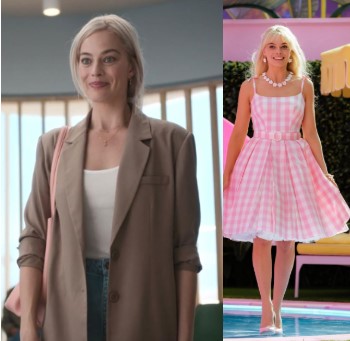
(Warner Bros. Pictures)



